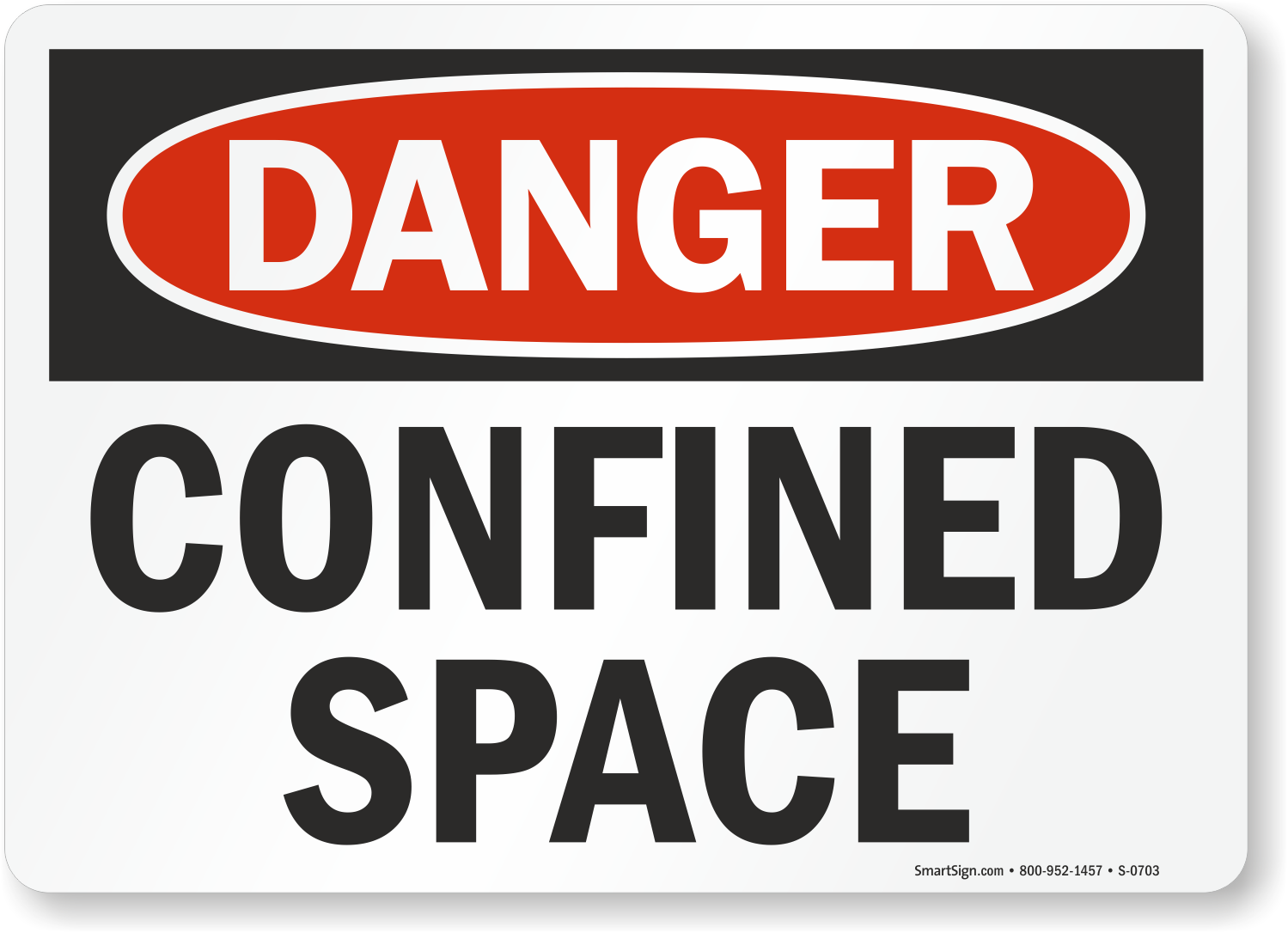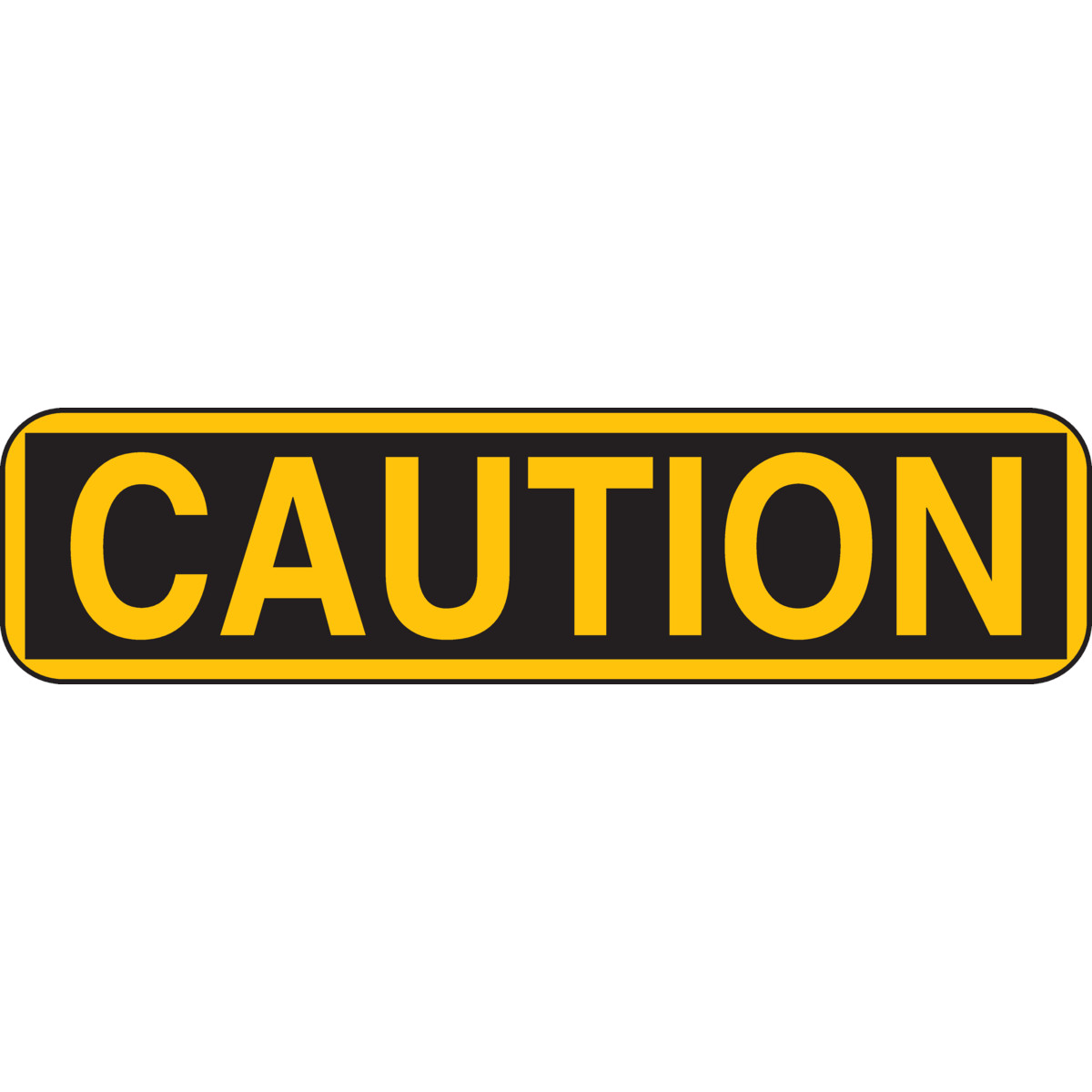Name 3 of the 6 types of hazards in a workplace?
Physical, Chemical, Biological, Psychosocial, Ergonomics, and Safety.
What does the acronym WHMIS stand for?
Workplace Hazardous Materials Information System.
Name one of your three basic worker rights under occupational health and safety law in the Province of Ontario.
What is: Right to Know, Right to Participate, or Right to Refuse Unsafe Work.
What is the meaning of this sign:

What is: A space that is not designed for continuous human occupancy, has limited entry or exit, and may contain hazardous conditions.
What does PPE stand for?
Answer: Personal Protective Equipment.
You see a spill in a hallway; what type of hazard is it?
Safety hazard (slip, trip, fall).
What are the three key elements of WHMIS?
Answer: Labels, Safety Data Sheets (SDS), and Worker Education & Training.
What is your responsibility if you see an unsafe condition here at Piramal?
What is: Report it to your supervisor or submit it through the MySafe incident reporting system.
What does a yellow caution sign usually mean?

Answer: Be aware of potential hazards, proceed with caution.
What is the meaning of EHS?
Answer: Environmental Health and Safety.
What is the first step when identifying a hazard?
Recognize and assess the work environment or task.
How many hazard pictograms are used in WHMIS 2015 (GHS)?
Ten: 9 standard WHMIS pictograms plus the biohazardous infectious materials pictogram unique to Canada.
True or False: Only supervisors are responsible for health and safety in the workplace.
False: health and safety is everyone’s responsibility.
What does the biohazard symbol warn you about?
Answer: The presence of biological substances that pose a threat to human health.
What does CRSP stand for, and what is its significance in the field of health and safety?
Answer: Canadian Registered Safety Professional, a nationally recognized certification that demonstrates competency in occupational health and safety practices.
True or False: An extension cord across a walkway is not a hazard if it’s taped down.
False, it’s still a tripping hazard and should be properly managed.
What types of chemicals are marked with the environmental hazard pictogram?

Answer: Substances that are toxic to aquatic life or may cause long-term environmental effects.
What is the role of the Joint Health and Safety Committee (JHSC)?
Answer: To identify hazards, conduct inspections, and make recommendations to improve workplace safety.
What does a sign showing a person wearing a respirator mean?
Answer: Mandatory use of respiratory protection in the area.
What does OEL stand for and why is it important in industrial hygiene?
Answer: Occupational Exposure Limit, it's the maximum amount of a substance a worker can be exposed to over a certain time period.
Name 4 potential hazards in a laboratory environment.
Chemical spills, glass breakage, sharp tools, pressurized gases.
A product has a WHMIS label with a skull and crossbones pictogram. What does this mean?

The product is acutely toxic and can cause serious health effects or death with short exposure.
What should you do if you are asked to do a task you believe is unsafe?
Answer: Refuse the task and report it to your supervisor.
What WHMIS pictogram looks like an exploding ball and what does it mean?

Answer: The exploding bomb pictogram. It means the substance is explosive or self-reactive.
What does TLV stand for, and who publishes it?
Answer: Threshold Limit Value, published by the ACGIH (American Conference of Governmental Industrial Hygienists).